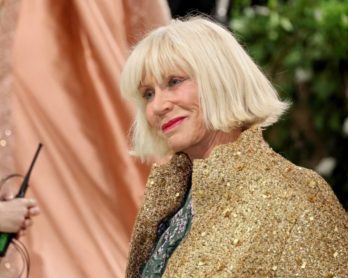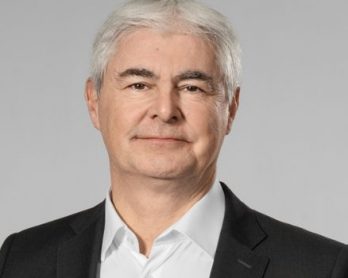Have We Reached the High-Water Mark with Fake Followers? #TwitterPurge

This week, Twitter took a big step toward reclaiming legitimacy by cleaning out millions of fake accounts and followers. Affectionately known at #TwitterPurge, many celebrities and influencers have lost millions of followers overnight as reported by The New York Times.
Fake accounts and followers have been long recognized as a nagging problem by digital marketers, but the social platforms seemed reluctant to do much about it.
Perhaps they didn’t want to admit to the problem, or they were hesitant to affect their user base numbers for their own perception reasons? Wall Street probably has a say as well.
But they can’t turn a blind eye to it any longer.
This year has seen a growing call for the social platforms to finally take control of the situation and clean house.
In January, The New York Times conducted a much needed investigation and exposed the underground industry that supplies the fakes. The story even outed some celebrities (and their PR firms) for buying fake followers to pump up their audience numbers.
The fallout from The Times article prompted calls in Congress for intervention by the Federal Trade Commission. It even prompted investigations by a couple of states, including New York State.
Other publications followed suit and started digging into the problem within their own industries.
Naturally, no industry is immune and when WWD, following The Times’ lead, published an article in February about the problem of fake followers and fashion influencers another call for action was made.
Like I said, no industry is immune. But then things got interesting.
As we reported last month, Keith Weed, the CMO of Unilever made an ultimatum in protest of the use of fake followers.
Weed has gone so far as to prohibit his company from working with influencers who buy followers. Not only that, but he’s calling for a set of industry guidelines and standards to be drawn up to govern the influencer marketing industry.
So not only is the media ramping up pressure for social platforms to act, but corporate America, too.
And the pressure hasn’t let up.
Just last month, Digiday ran their own expose about influencers admitting to buying fake followers because they felt pressure to do so by brands obsessed with large audience numbers. But even more enlightening is how the “former influencer” interviewed in the article was encouraged and pressured into pumping up his follower numbers by PR firms.
Okay, so the problem is finally getting the attention it deserves, but has the fake follower problem reached its high tide?
Twitter’s Purge on Fake Followers Begins
Just last week, Twitter began its own crackdown on fake followers and fake accounts.
Predictably, the press is focused on how the purge affects the accounts of celebrities and politicians. They’ve been quick to report that well known influencers like Kim Kardashian West lost about 3 percent of her Twitter following, dropping to a little over 58 million last Thursday.
There’s nothing unexpected here. Many celebrities have lost followers, but the degree of loss varies and is not enough to seriously impact their profiles or influence for the long term.
The real implications, however, are on the micro-influencers.
As I said before, no industry is immune and certainly the beauty industry is no exception.
Many beauty influencers are likely guilty of buying fake followers, but no more than any other niche. So, those who are on Twitter likely lost some followers.
One of my sources who works for an influencer platform reports that some influencers (no particular niche) have seen audience numbers drop by as much as 75%.
In full disclosure, I lost about 180 followers as well. As I never bought them, these must have been bots or fake accounts set up to evangelize specific content for their owners.
In many cases, it can be hard to tell a fake account from a real one. Therefore, its critical that the social platforms take responsibility and do what they can to purge the fakes.
Since Twitter isn’t the place where most of the beauty influencers congregate, I don’t expect there to be much damage reported. They use Twitter as a mechanism to evangelize their other social content.
Most beauty influencers gravitate to YouTube and Instagram where the emphasis is naturally on visual content.
So, what’s is the impact on beauty influencers?
This is most likely the opening salvo on fake followers and accounts.
The other social media platforms will likely follow suit and do a purge of their own. It might not be immediate, but the pressure is building.
As a result, some beauty influencers might take a hit to their follower accounts if they’ve purchased fake followers.
I suggest they purge those followers now. Don’t wait.
Unfortunately, the emphasis has been on large audience numbers because that’s what brands have demanded.
The good news is that’s beginning to change. They’re starting to figure out that large follower counts don’t equate to influence.
It’s about time, too. There are plenty of beauty influencers with real, engaged audiences eager to work with brands. Some have large followings, and some are micro influencers.
Either way, all they need is a chance to prove themselves.






